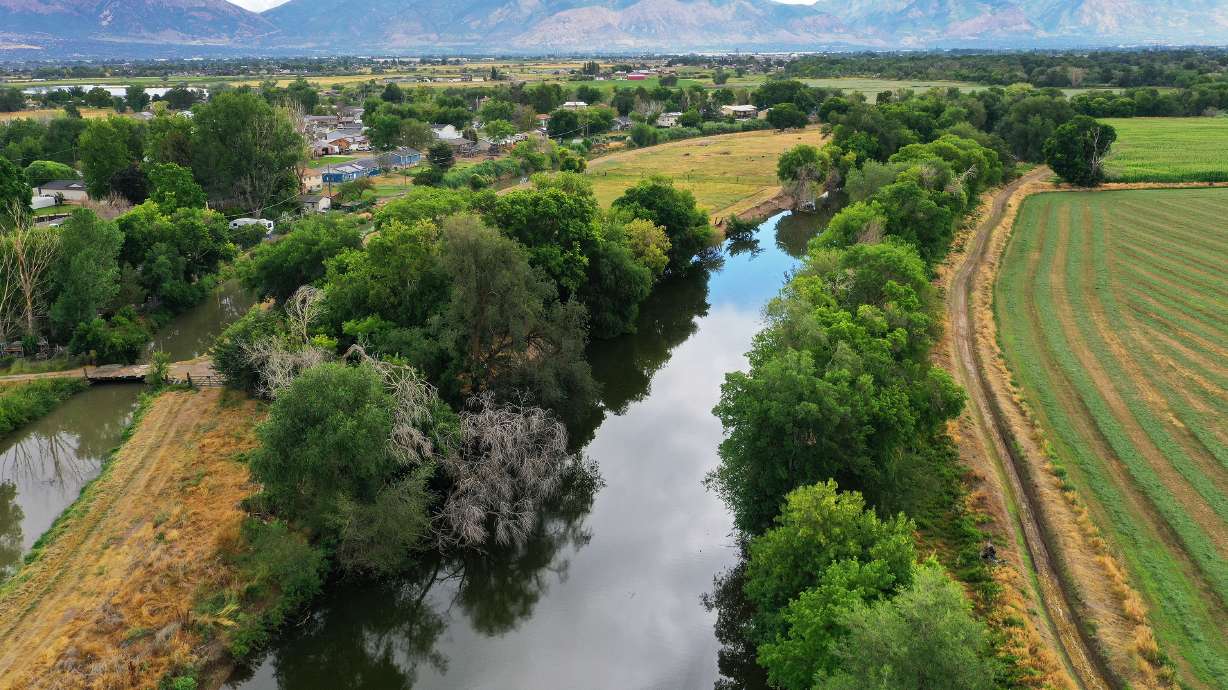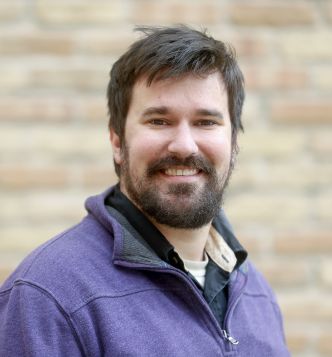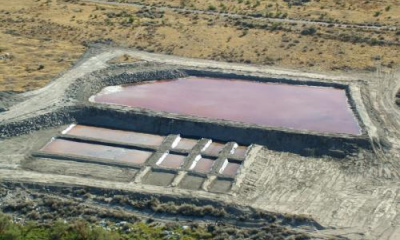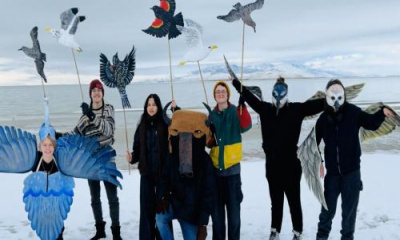SALT LAKE CITY — Jim Bowcutt acknowledges that fallowing had always been considered the second F-letter word among farmers.
Fallowing is a practice where farmers let their crops grow idly, thus avoiding using any of the water allocated to them so it goes downstream. It's an idea that's been tossed around in recent years, especially around the Colorado River Basin amid water shortages. However, it really hasn't been on Utah's radar.
Yet partial fallowing through a split-season or seasonal leasing program, where farmers water and harvest some of their crops but reduce their season by a yield or two to reduce water consumption through a monetary agreement, is now one of the new ideas that could soon be put to use along the Great Salt Lake basin to help get water to the struggling lake.
"It was a place that we never thought we were going to go, but now we're starting to realize that this might be a possibility," said Bowcutt, director of the Utah Department of Agriculture and Food's conservation division.
Rep. Doug Owens, D-Millcreek, backed by Great Salt Lake deputy commissioner Tim Davis, requested the initial funding to set up the framework for such a program to members of the Natural Resources, Agriculture and Environmental Quality Appropriations Subcommittee on Tuesday.
They're seeking $500,000 to develop pilot projects and a handbook that will help kickstart the program that farmers along the Great Salt Lake basin could enroll in if they so choose. It comes as the lake remains a little more than 5 to 8 feet below the minimum level that's considered healthy for the lake.
The request would be a sliver of the $25 million in funds that Gov. Spencer Cox requested go toward the lake in his proposed $29.5 billion budget, according to Davis. He said that the initial spending, including the handbook, would educate farmers about how a split-season program would work and if it would be in their best interest.
"It would enable the commissioner's office to work with (the Utah Department of Agriculture and Food) and others, and lead to pilot projects of actual leases on the ground that would then get water to the lake," he said.
It's a concept included in the commissioner's first strategic plan for the lake, and it could be implemented as more research is conducted on the matter.
Owens requested another $400,000 on behalf of state agriculture leaders that would go toward new research to better understand the best practices to optimize agricultural water, including fallowing.
There is a need for additional information, including more baseline and depletion data to understand how much water is saved through any given conservation project, Bowcutt explained. This includes finding a "reliable" way to measure any water saved, which had been the biggest concern brought up with the state's agricultural water optimization program.
The study, to be conducted by Utah State University researchers, would also seek to understand how much water is available in the Great Salt Lake basin, the market for saving water and to determine the feasibility of certain conservation practices.
"There's a lot of research that I wish would have been done 10 years ago, so now we're trying to play catch-up," Bowcutt said. "When we started this process two years ago, the practices that we thought we wanted to implement, that were going to give us the biggest water savings, are not the same practices that we're looking at today because we have additional research that needs to be done."
Fallowing could emerge as a leading conservation option once the study is completed.
While it's unknown when any split-season agreements could be offered, Warren Peterson, a prominent Utah agriculture and water law attorney, spoke in favor of the $500,000 budget request to get the program in motion to see if it's something that could help the Great Salt Lake.
"It's a piece that we're missing in getting this ag optimization stuff off and running on the ground," he said.
Another water-saving request
Bowcutt said the agricultural community is aware that it has a major role in helping the Great Salt Lake, but optimizing agricultural water isn't the only possible solution for the lake. The Great Salt Lake Strike Team released a report earlier this month that underscored that there isn't one "silver bullet" for the lake.
To that end, Owens is seeking to add $12.5 million annually to the $3 million already allocated to the state's turf removal program. The program, launched last year, offers residents rebates that cover some of the cost of replacing grass with "water-efficient landscaping" if they choose to opt in.
Candice Hasenyager, director of the Division of Water Resources, said the state received about 5,000 applications already. She added that 4 million square feet of grass was converted over the past year, saving an estimated 104 million gallons of water annually.
The funding, according to the representative, would match the "level of funding appropriated for turf removal by the state's water districts." It has the support of four of the state's largest water districts.
Since Utah can't create new water sources, there's a greater need to be more efficient when it comes to consumption, which is what the program does, said Mark Stratford, general counsel for the Jordan Valley Water Conservancy District. He explained that any additional ongoing funding would help expand the program and save even more water annually.
"We really have to look at this as not a one-time investment, but more as a capital investment," he said. "The money we spend today comes back to us year after year after year."
It's too early to know if any of the requests will receive full or partial funding in the 2025 fiscal year. Utah lawmakers have until March 1 to finalize the budget before the fiscal year begins in July.






